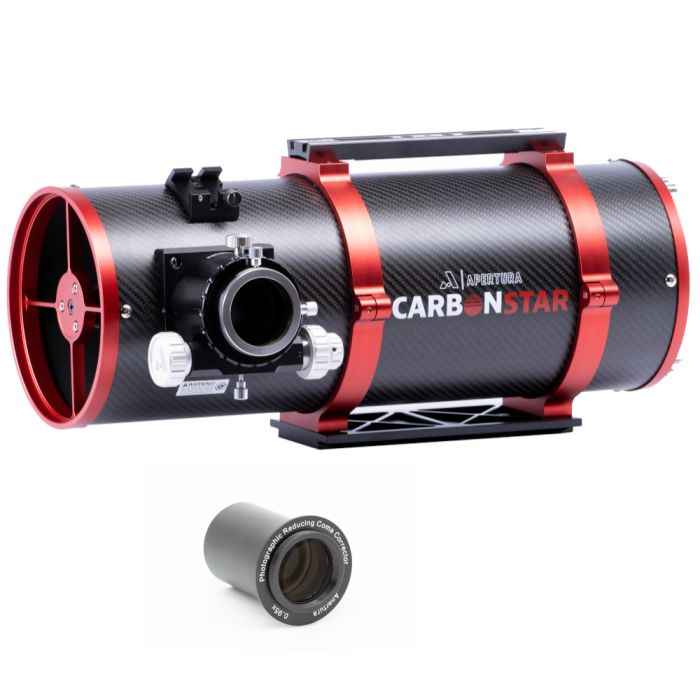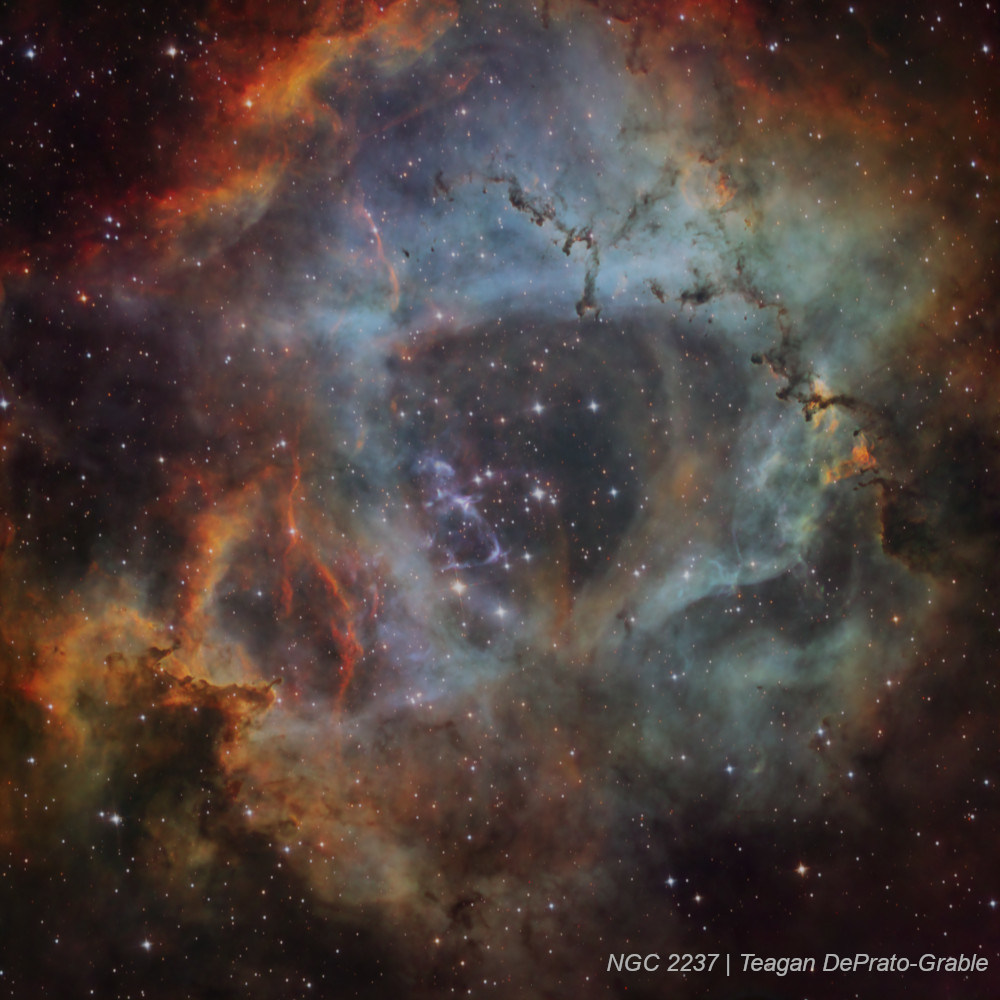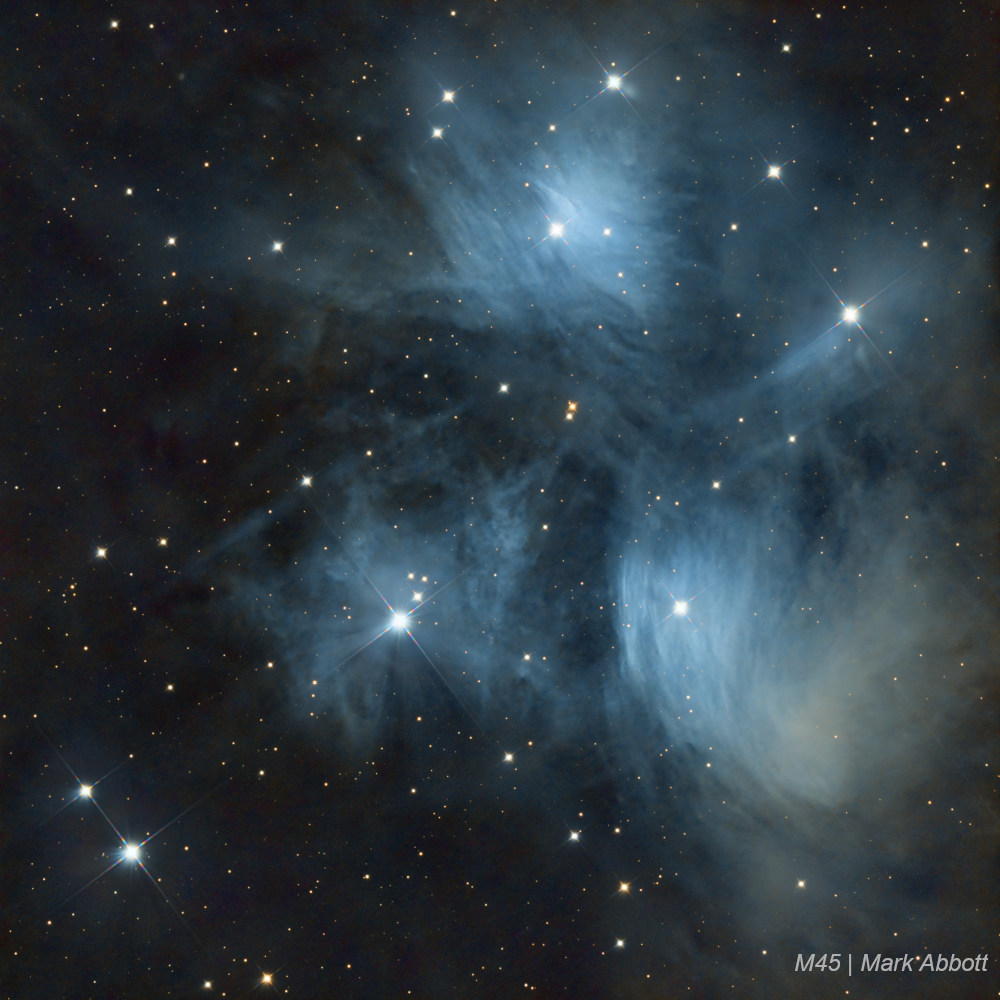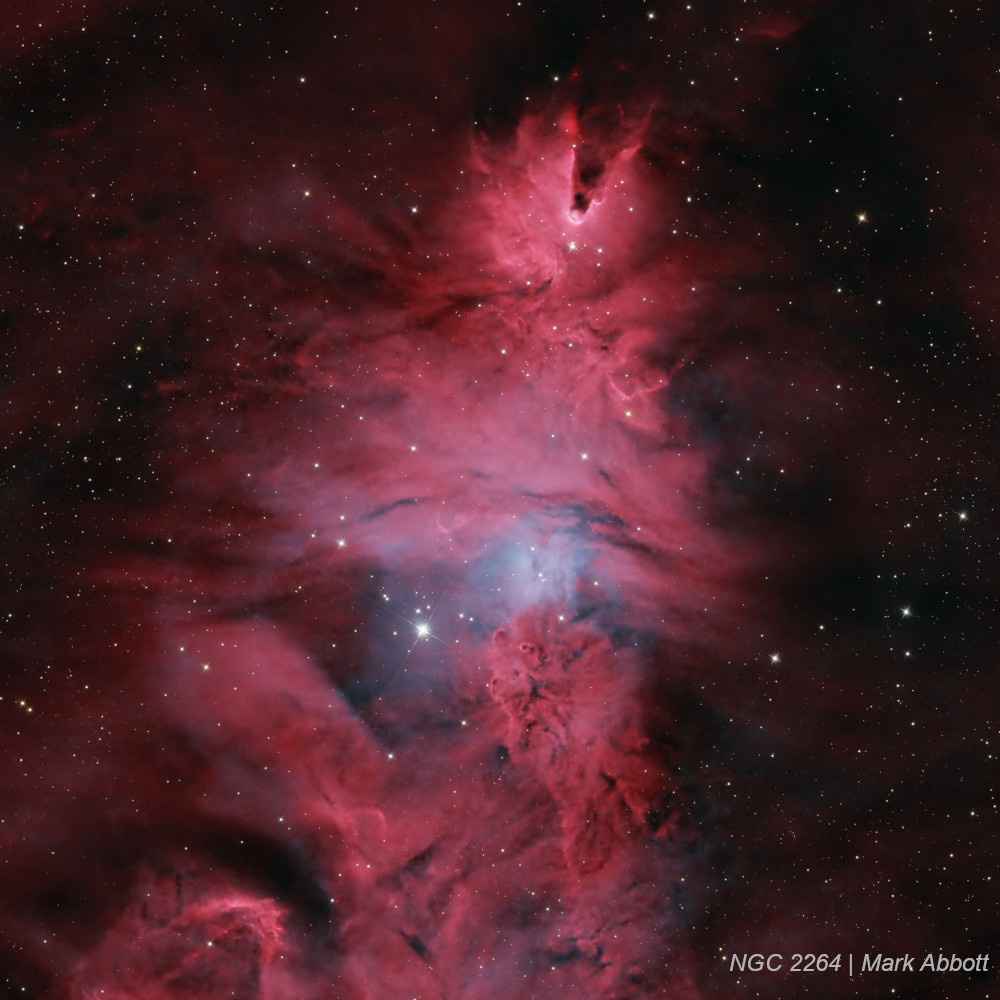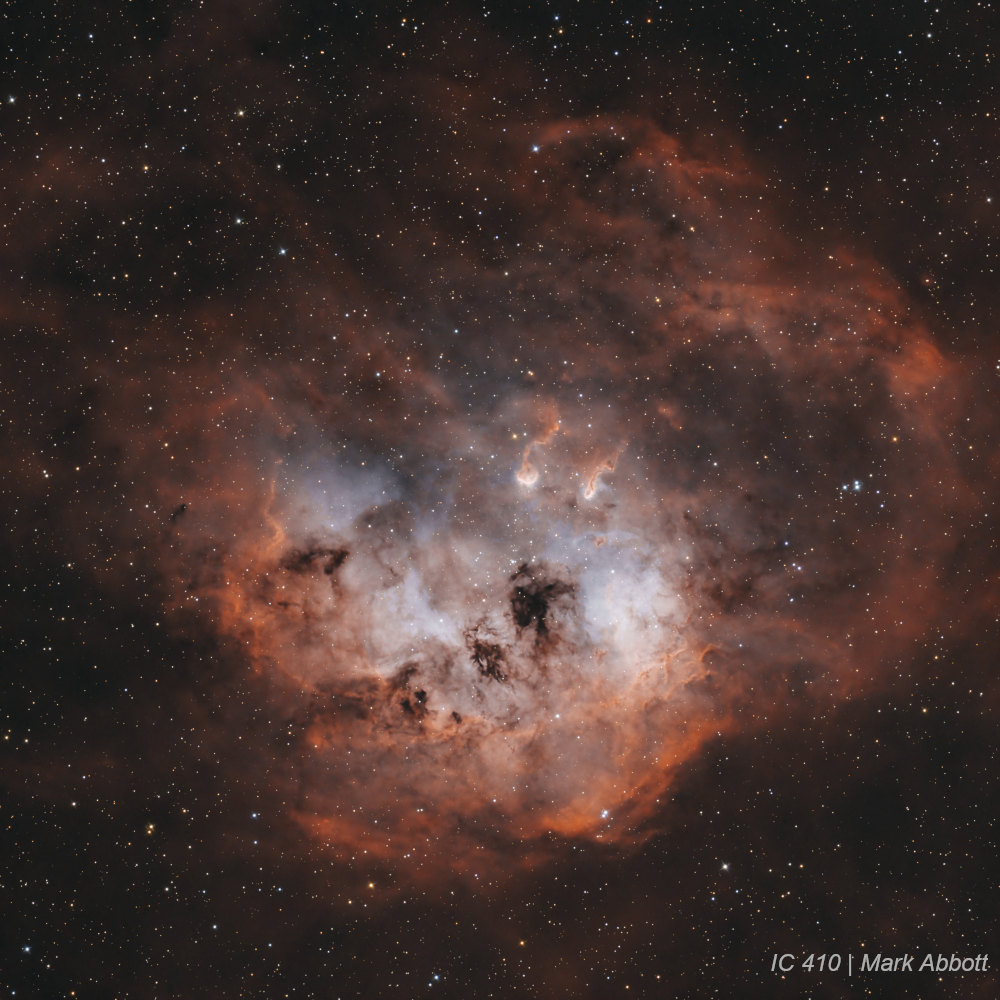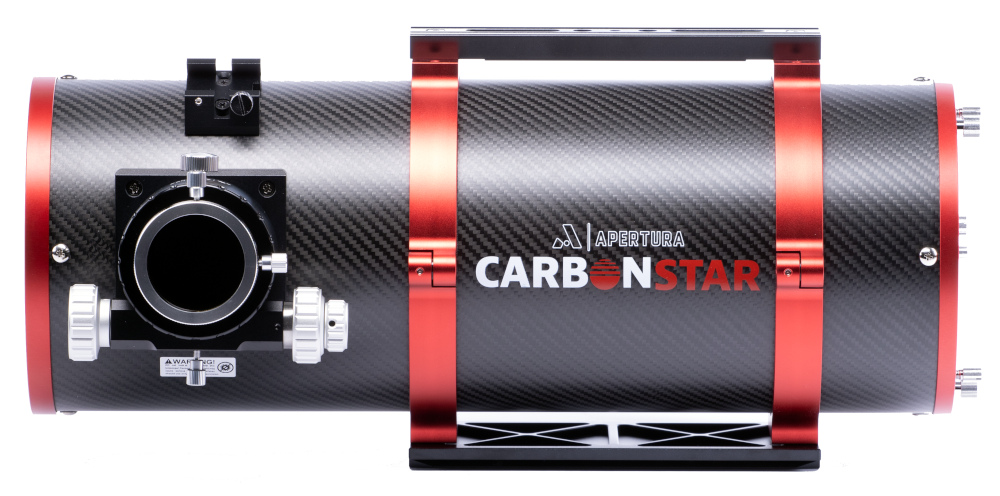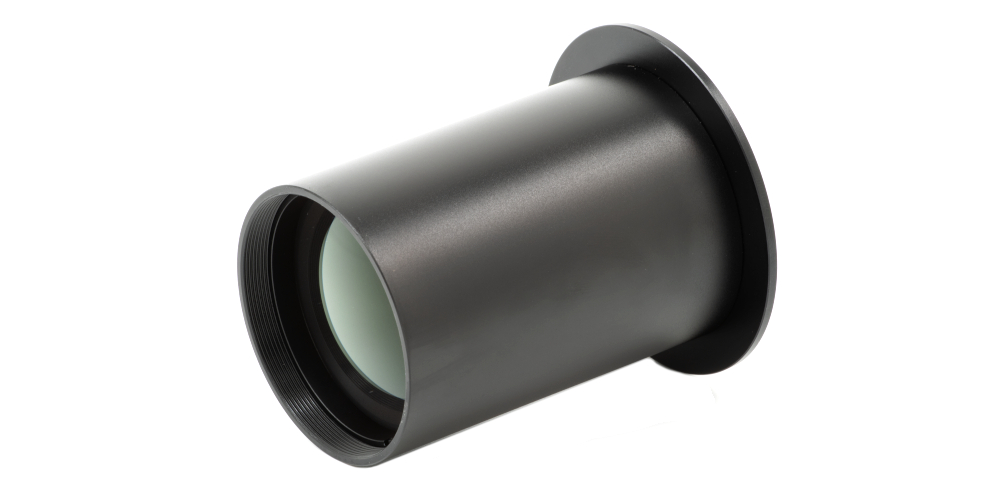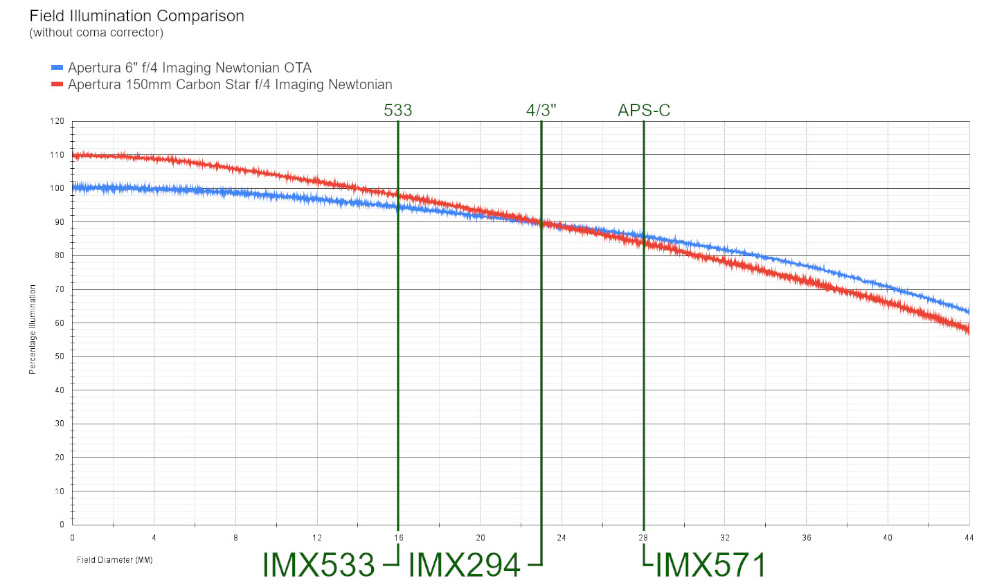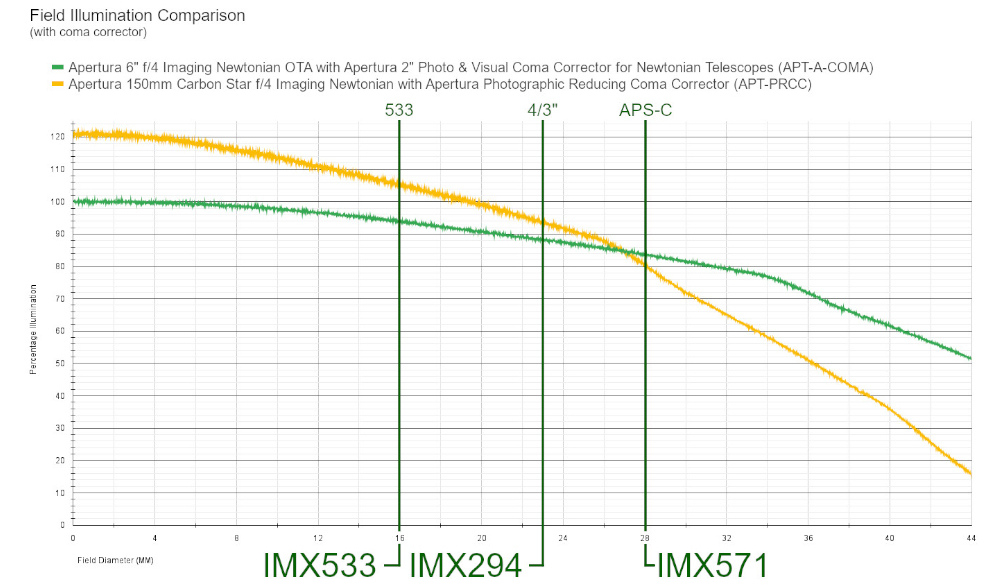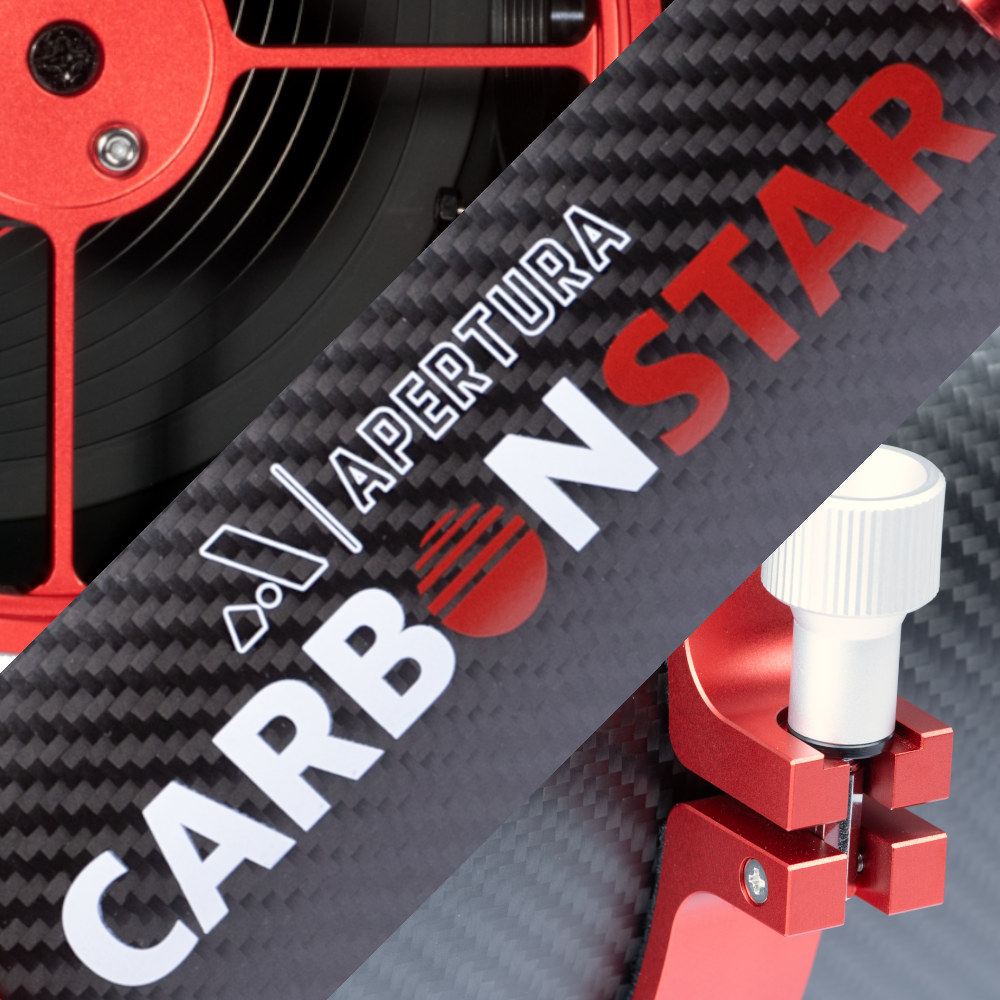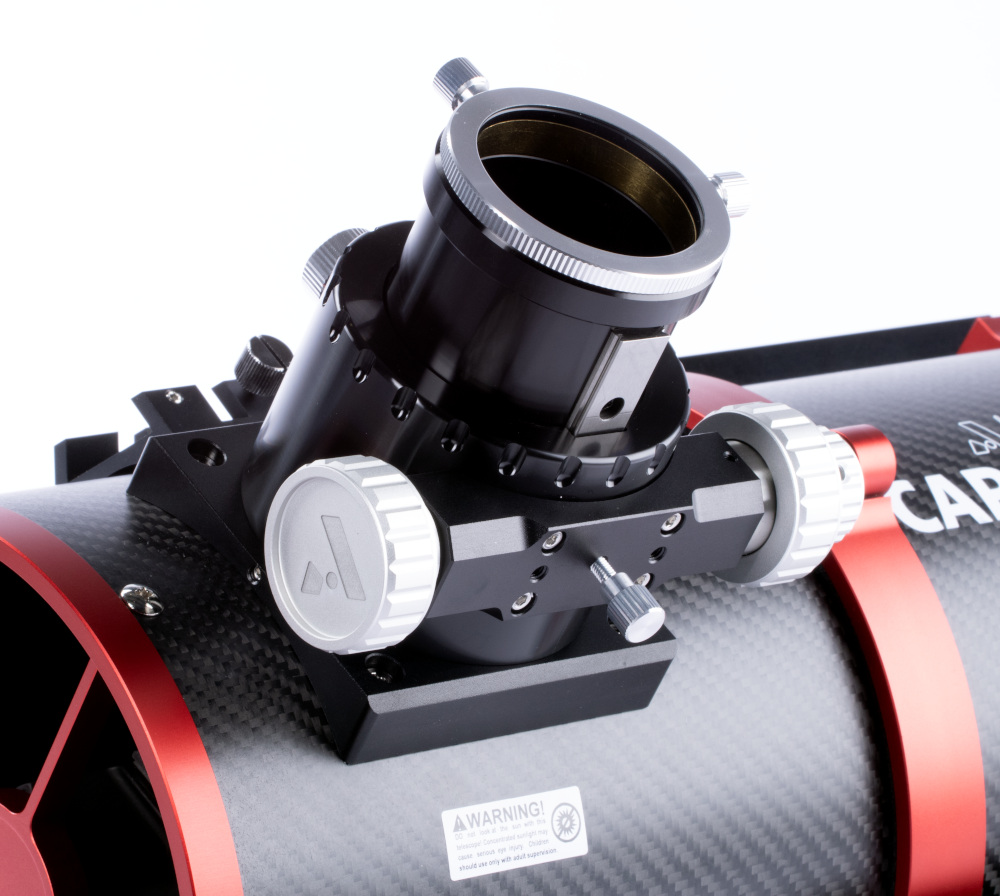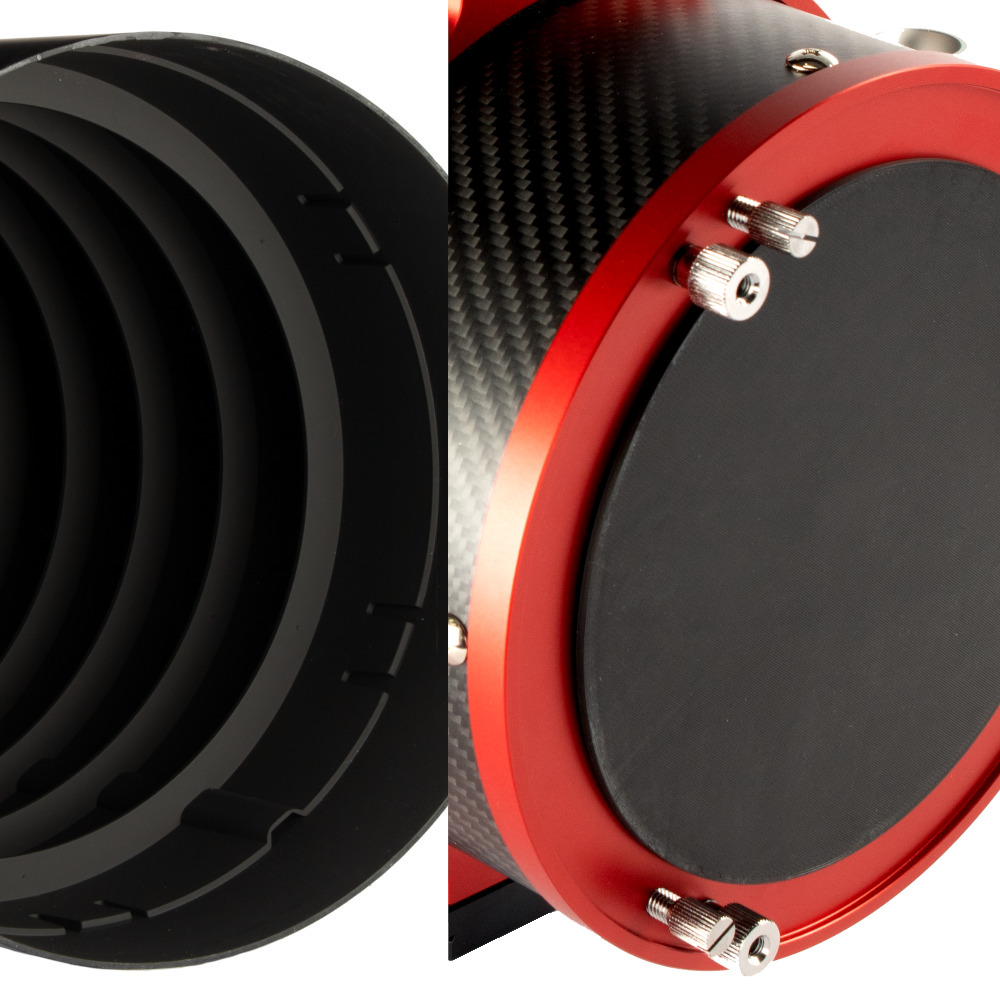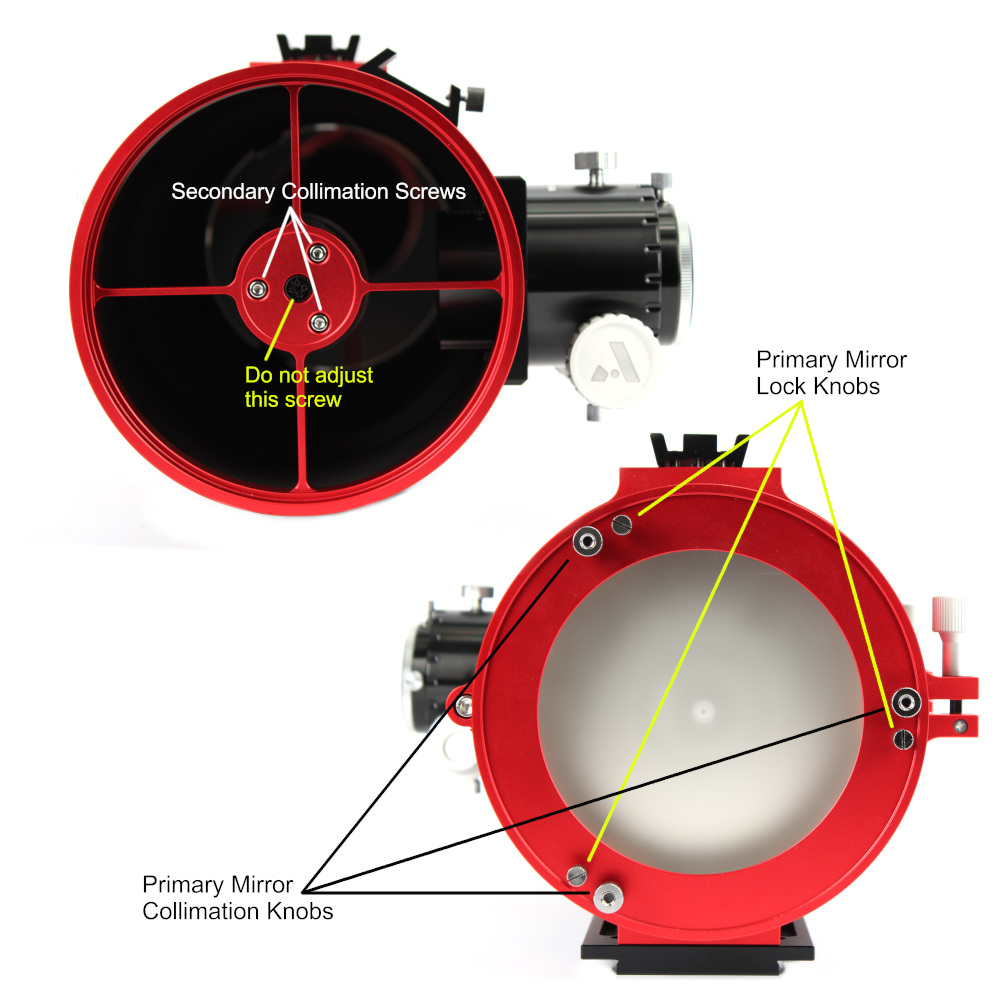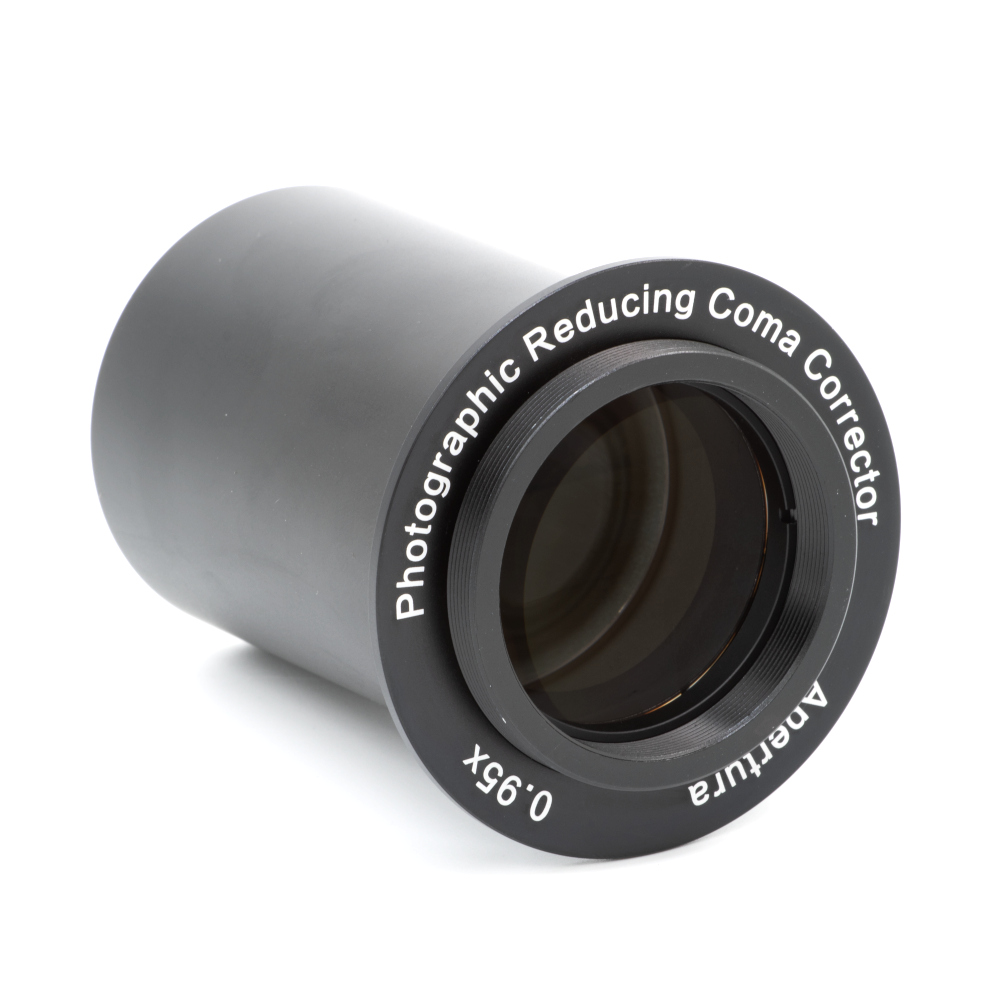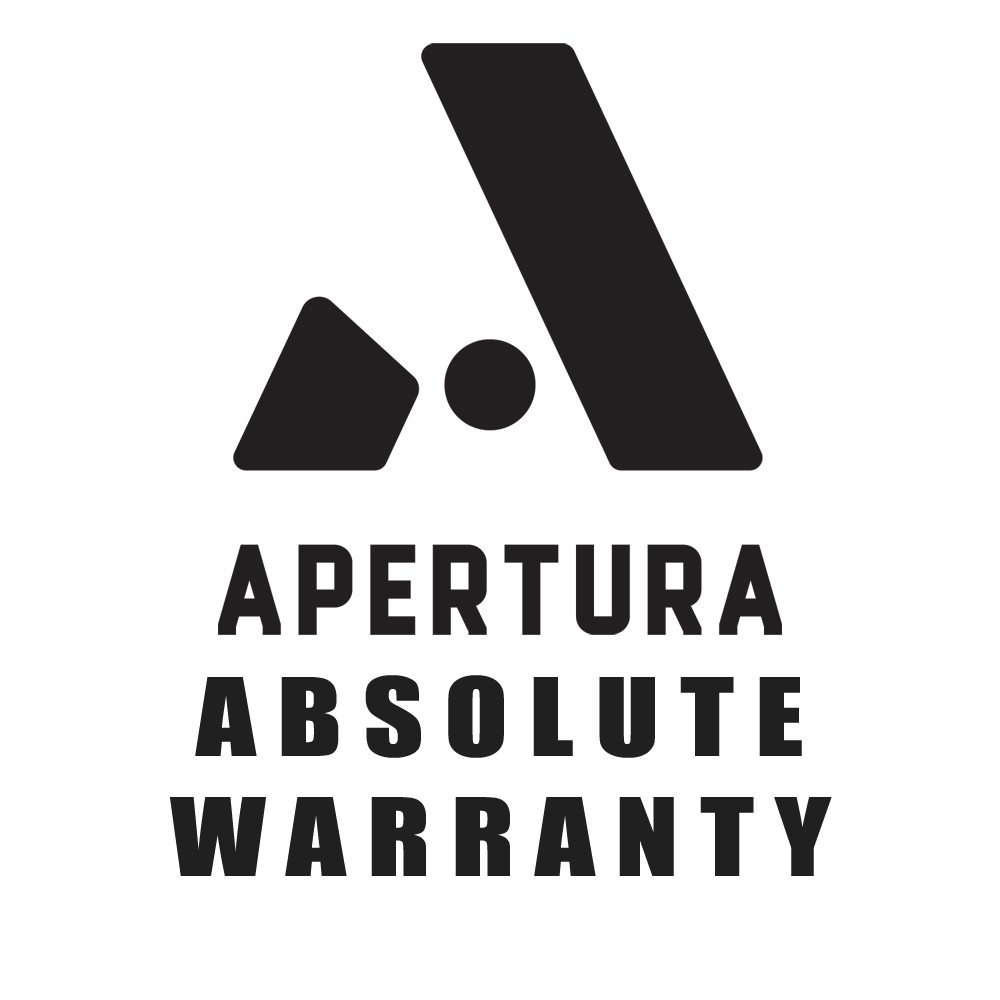Apertura CarbonStar 150 Imaging Newtonian with 0.95x Coma Corrector
A Perfect Pairing to Super-Charge Your Astrophotography!
When you're looking to maximize the signal reaching your camera, you need more aperture: Nothing quite provides value for aperture like a Newtonian. While trends are focusing on more complex (and expensive) reflectors and increasingly novel refractors, Apertura has launched the imaging Newtonian back into the conversation with the CarbonStar 150. When paired with the included Apertura 0.95x Photographic Reducing Coma Corrector (PRCC), you get close to 20% more illumination in the center of frame when compared to the previous 6" f/4 imaging model alone!
The Apertura CarbonStar 150 Imaging Newtonian is designed, first and foremost, for astrophotography, with optics that deliver a relatively large aperture and a quick focal ratio. With a 150mm (about 6") primary mirror, this Netwonian reflector comfortably offers more light gathering power than most refractors at a similar price point, and with its f/4 design, the CarbonStar is much faster than popular SCT reflectors of the same size. The mirrors forming the 600mm focal length optical design are made with enhanced aluminum coated borosilicate, complete with a silicon dioxide overcoat that provides a layer of protection. This scope packs excellent optics into a package weighing just 10.4 lbs. and measuring less than 20" in length.
Building a Better Imaging Newtonian
With their relatively larger apertures, fast optics, lightweight design, and more, there is a lot to like about the imaging Newtonian. If Newtonian telescopes provide great optical performance for value, you might wonder why current trends are seemingly focused on refractors. The article, “Modernizing An Imaging Newtonian,” explores how Apertura answers that very question. In short, the CarbonStar Imaging Newtonian is optimized for most popular imaging sensors and stray light control, constructed using modern techniques and materials, and is EAF ready.
The core idea behind updating the Apertura 6” f/4 imaging Newtonian consists of employing a new optical design that pushes boundaries, rather than playing it safe. Rather than aiming for a design that settles on good illumination over a wider area, Apertura focused on providing great illumination for some of the most popular CMOS sensors in use today. This dedicated approach resulted in an increase of about 10% more signal in the center of frame and more signal overall across a circle reaching out to micro 4/3 sized sensors. While APS-C and full-frame cameras will work with the CarbonStar 150, this telescope shines brightest with the excellent smaller sensors available today such as the IMX533 and IMX294!
For those looking to squeeze even more optical performance and illumination coverage out of these redesigned optics, look no further than the Apertura 0.95x Photographic Reducing Coma Corrector (PRCC). Made for use with the CarbonStar 150, the PRCC provides up to around a 10% increase in signal towards the center compared to the CarbonStar 150 on its own or the previous 6" f/4 model with its coma corrector. This means close to 20% more signal than with the previous model alone!
More Than Just Optimized Optics
While Apertura's redesigned optics make the CarbonStar 150 Imaging Newtonian a compelling option in its own right, Apertura didn't stop there! The construction, focuser, stray light protection, and collimation concerns have been addressed and updated to create a truly compelling modern Newtonian telescope.
Heavy-Duty, Lightweight, Construction
Bold and sleek, the new look of this 6” Apertura Newtonian includes eye-catching red hardware and a carbon fiber tube. These are more than just visual upgrades however, this aesthetic design pushes the performance of this imaging Newtonian further than its predecessor. Machined from solid CNC aluminum, the rings, front bezel/spider vane, and primary mirror cell are smooth, durable, and strong. The benefits of this approach are most apparent in the secondary mirror hub. The single-piece construction provides a rock-solid base for the secondary mirror; say goodbye to concerns of twisting spider vanes! In terms of changes to the optical tube, the carbon fiber keeps the weight of the telescope down while still providing the strength seen in more common steel tubes. There is a reason Apertura chose to incorporate this material into the CarbonStar name. Carbon fiber has a low thermal expansion coefficient which helps protect against focus shift. This provides an advantage over metal tube OTAs where thermal expansion can be a concern.
Linear Bearing EAF-Ready Focuser
Whether you plan on focusing manually or electronically, using a streamlined camera-only setup, or adding heavy accessories like a filter wheel, no matter how you intend to build your imaging train the CarbonStar focuser has you covered! This focuser features a linear bearing design, which, while closely resembling the Crayford-style focuser, utilizes a flat rail running on dozens of ball bearings. These hard ball bearings provide more points of contact for a strong and fluid focusing mechanism capable of smoothly moving all types of imaging equipment. For those primarily interested in manual focus, Apertura has updated the coarse and dual speed knobs with larger texturing for better manual manipulation. Those seeking a more automated form of focus are in luck as well. Many popular electronically assisted focuser (EAF) accessories are now supported out of the box! With consideration for these popular accessories factored heavily into the redesign and a detailed installation guide included in the digital manual, Apertura has ensured that adding bracket-style electronic focusers to your CarbonStar is a quick and seamless process.
Stray Light Protection
Light pollution isn't limited just to the atmosphere: bright sources of light can also reach your optics more directly through the front of your telescope. While the lack of a front objective lens or glass corrector does shield Newtonians to some degree, they are not immune. Stray light can still reflect off the interior surfaces and reach the optics, ruining the contrast of your images. However, with the Apertura CarbonStar you can worry less about internal reflections and focus more on imaging. Nine knife-edge baffles catch and contain internal reflections before they can hit your optics, providing enhanced stray light control in challenging environments. For additional stray light protection, Apertura has also included a 3D printed primary mirror cell shield which can be installed to cover the rear 'port-hole' opening and further guard against image degrading light sources.
Collimation Concerns Covered
If you're changing from a refractor to a reflector or are looking to buy your first telescope, you've likely come across 'collimation' as a key difference between refractors and reflectors. This may seem like a complex process and a barrier to entry into the world of reflectors, but the reality is with the right tool and just a bit of practice, most will find achieving great collimation with a Newtonian a breeze. The CarbonStar takes this a step further with its CNC spider vane design which eliminates flex/twisting seen on other designs. In the detailed manual (see the Product Attachments tab), Apertura provides simple collimation instructions for both laser collimators and the Apertura CCE tool (collimation tools sold separately). For its value, straightforward usage, and stellar results, it is hard to argue that the CCE isn't a great complement to this excellent imaging Newtonian package. For more information on just how simple collimation can be and debunk the complicated collimation myth, be sure to check out our guide on Collimating a Newtonian Telescope with the Apertura Cheshire Collimating Eyepiece!
Included PRCC
Maximizing the already incredible optical performance of the CarbonStar 150 Imaging Newtonian is this included Apertura Photographic Reducing Coma Corrector! This accessory eradicates the chromatic aberration seen within your frames using a triplet optical design and produces sharp stars all the way to the corners of the image! Additionally, vignetting is minimized, resulting in improved field illumination for a heightened signal to noise ratio. The PRCC also doubles as a focal reducer, taking the focal ratio of the CarbonStar from f/4 to f/3.8. Seamlessly thread on your favorite 2” mounted filters on the sleek anodized aluminum body, and easily attach your camera with the camera-side M48 threads and industry standard 55mm of required back focus.
Comes with the Apertura Absolute Warranty
The Apertura Absolute Warranty provides two years of coverage against product defects. After the initial two-year warranty expires, this product qualifies for Apertura's Three-Year Accident Replacement Program. In addition, the Apertura Absolute Warranty is transferable! Download a copy of the Apertura Absolute Warranty for more information on this program, how to make a claim, and why it is important to keep your original receipt and the product's original boxes and packaging!
Astronomy Hub: Your one-stop-shop for Astrophotography Knowledge!
Our Gear Experts have compiled a wealth of information to help expand your astrophotography knowledge! Below you’ll find links to articles, videos and "how-to" guides. Just one more reason that our Astronomy Hub is a one-stop-shop for all your astronomy and astrophotography needs!
| The Beginner's Guide to Reflector Telescopes |
| Collimating a Newtonian Telescope with the Apertura Cheshire Collimating Eyepiece |

